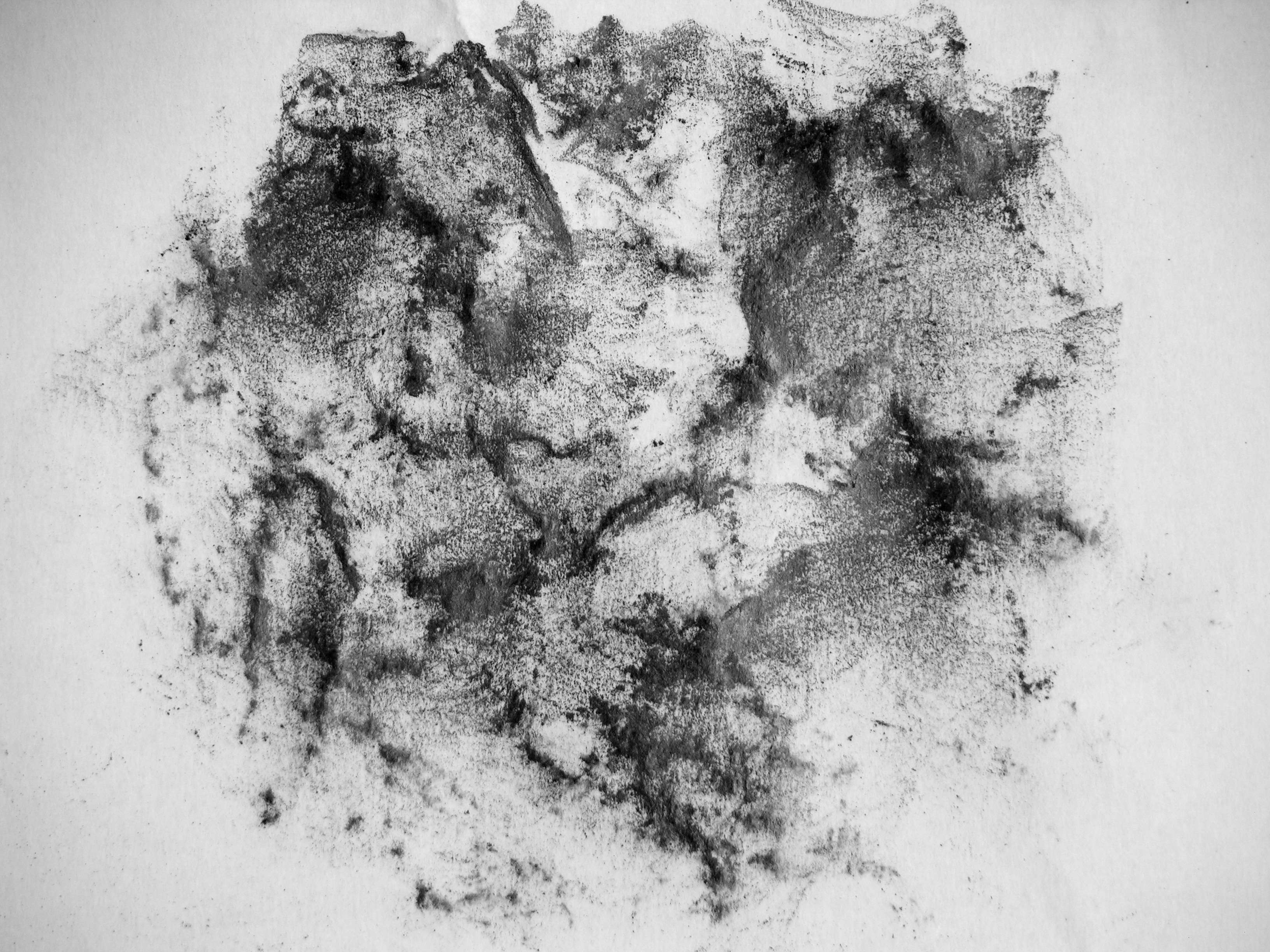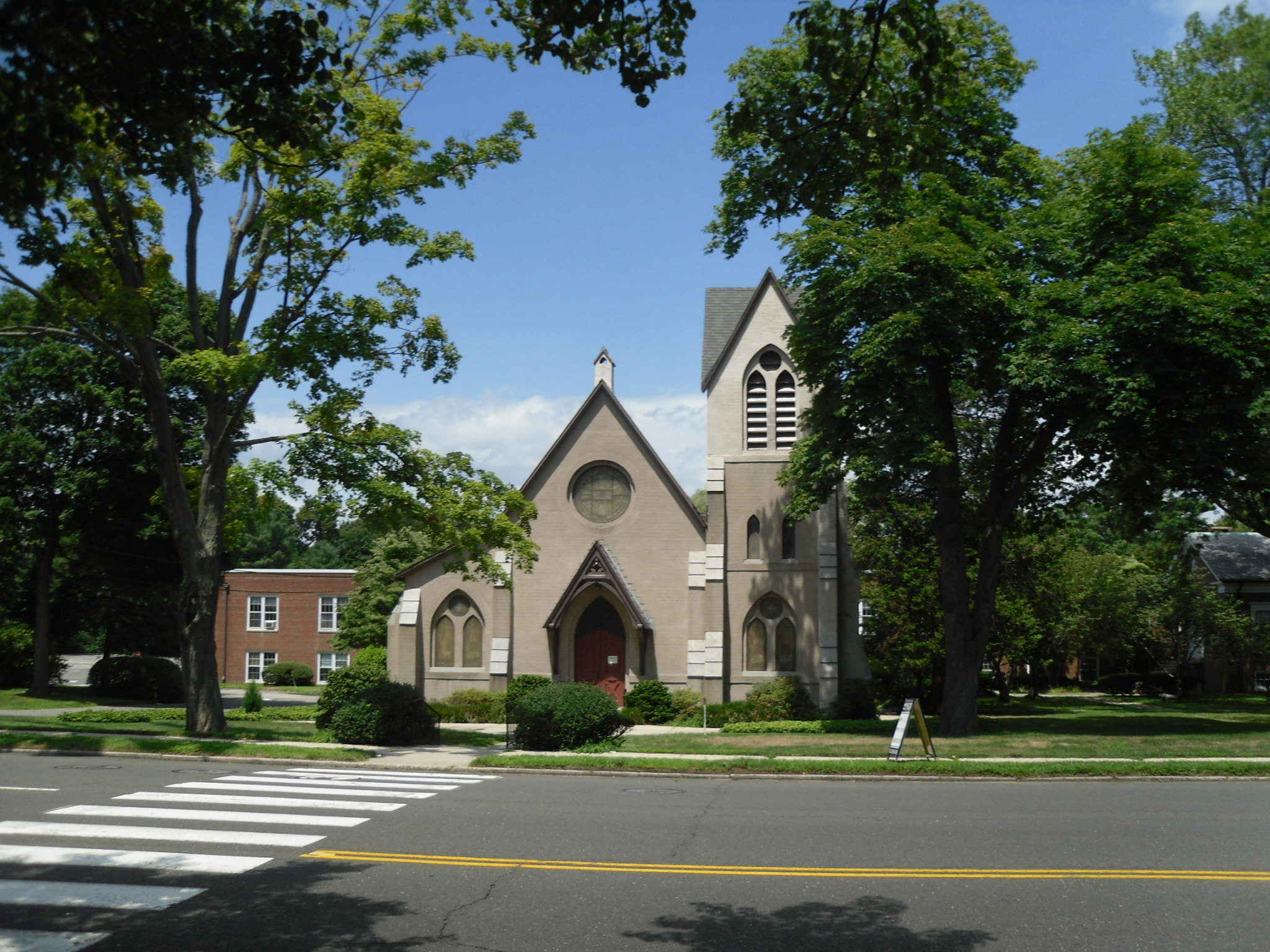|
Harriet Campbell Foss
Harriet Campbell Foss (1860 – June 29, 1938) was an American painter. Biography Foss was born in Middletown, Connecticut, the daughter of Archibald Campbell Foss, a Methodist minister who taught at Wesleyan University. He died in 1869 while the family was traveling in Europe, and his wife returned with the three children to the United States. She graduated from Wilberham Academy and attended Smith College for one year before pursuing her artistic education at Cooper Union, during which time she also studied with J. Alden Weir. Beginning in the late 1880s she lived for five years in Paris, studying there with Alfred Stevens and attending William Bouguereau's classes at the Académie Julian and those of Gustave Courtois at the Académie Colarossi. She is known to have exhibited at the Paris Salon as early as 1887, appearing there again in 1892 before her return to New York. She also submitted paintings to the National Academy of Design for exhibition in 1890 and 1892, si ... [...More Info...] [...Related Items...] OR: [Wikipedia] [Google] [Baidu] |
Painting
Painting is the practice of applying paint, pigment, color or other medium to a solid surface (called the "matrix" or "support"). The medium is commonly applied to the base with a brush, but other implements, such as knives, sponges, and airbrushes, can be used. In art, the term ''painting ''describes both the act and the result of the action (the final work is called "a painting"). The support for paintings includes such surfaces as walls, paper, canvas, wood, glass, lacquer, pottery, leaf, copper and concrete, and the painting may incorporate multiple other materials, including sand, clay, paper, plaster, gold leaf, and even whole objects. Painting is an important form in the visual arts, bringing in elements such as drawing, composition, gesture (as in gestural painting), narration (as in narrative art), and abstraction (as in abstract art). Paintings can be naturalistic and representational (as in still life and landscape painting), photographic, abstract, nar ... [...More Info...] [...Related Items...] OR: [Wikipedia] [Google] [Baidu] |
Museum Of Science And Industry (Chicago)
The Museum of Science and Industry (MSI) is a science museum located in Chicago, Illinois, in Jackson Park, in the Hyde Park neighborhood between Lake Michigan and The University of Chicago. It is housed in the former ''Palace of Fine Arts'' from the 1893 World's Columbian Exposition. Initially endowed by Julius Rosenwald, the Sears, Roebuck and Company president and philanthropist, it was supported by the Commercial Club of Chicago and opened in 1933 during the Century of Progress Exposition. Among the museum's exhibits are a full-size replica coal mine, captured during World War II, a model railroad, the command module of Apollo 8, and the first diesel-powered streamlined stainless-steel passenger train (''Pioneer Zephyr''). History The Palace of Fine Arts (also known as the Fine Arts Building) at the 1893 World's Columbian Exposition was designed by Charles B. Atwood for D. H. Burnham & Co. During the fair, the palace displayed paintings, prints, drawing, sculpture, an ... [...More Info...] [...Related Items...] OR: [Wikipedia] [Google] [Baidu] |
19th-century American Women Artists
The 19th (nineteenth) century began on 1 January 1801 ( MDCCCI), and ended on 31 December 1900 ( MCM). The 19th century was the ninth century of the 2nd millennium. The 19th century was characterized by vast social upheaval. Slavery was abolished in much of Europe and the Americas. The First Industrial Revolution, though it began in the late 18th century, expanding beyond its British homeland for the first time during this century, particularly remaking the economies and societies of the Low Countries, the Rhineland, Northern Italy, and the Northeastern United States. A few decades later, the Second Industrial Revolution led to ever more massive urbanization and much higher levels of productivity, profit, and prosperity, a pattern that continued into the 20th century. The Islamic gunpowder empires fell into decline and European imperialism brought much of South Asia, Southeast Asia, and almost all of Africa under colonial rule. It was also marked by the collapse of the large ... [...More Info...] [...Related Items...] OR: [Wikipedia] [Google] [Baidu] |
19th-century American Painters
The 19th (nineteenth) century began on 1 January 1801 ( MDCCCI), and ended on 31 December 1900 ( MCM). The 19th century was the ninth century of the 2nd millennium. The 19th century was characterized by vast social upheaval. Slavery was abolished in much of Europe and the Americas. The First Industrial Revolution, though it began in the late 18th century, expanding beyond its British homeland for the first time during this century, particularly remaking the economies and societies of the Low Countries, the Rhineland, Northern Italy, and the Northeastern United States. A few decades later, the Second Industrial Revolution led to ever more massive urbanization and much higher levels of productivity, profit, and prosperity, a pattern that continued into the 20th century. The Gunpowder empires, Islamic gunpowder empires fell into decline and European imperialism brought much of South Asia, Southeast Asia, and almost all of Africa under Colonialism, colonial rule. It was also marked ... [...More Info...] [...Related Items...] OR: [Wikipedia] [Google] [Baidu] |
1938 Deaths
Events January * January 1 ** The new constitution of Estonia enters into force, which many consider to be the ending of the Era of Silence and the authoritarian regime. ** State-owned railway networks are created by merger, in France ( SNCF) and the Netherlands (Nederlandse Spoorwegen – NS). * January 20 – King Farouk of Egypt marries Safinaz Zulficar, who becomes Queen Farida, in Cairo. * January 27 – The Honeymoon Bridge at Niagara Falls, New York, collapses as a result of an ice jam. February * February 4 ** Adolf Hitler abolishes the War Ministry and creates the Oberkommando der Wehrmacht (High Command of the Armed Forces), giving him direct control of the German military. In addition, he dismisses political and military leaders considered unsympathetic to his philosophy or policies. General Werner von Fritsch is forced to resign as Commander of Chief of the German Army following accusations of homosexuality, and replaced by General Walther ... [...More Info...] [...Related Items...] OR: [Wikipedia] [Google] [Baidu] |
1860 Births
Year 186 ( CLXXXVI) was a common year starting on Saturday (link will display the full calendar) of the Julian calendar. At the time, it was known as the Year of the Consulship of Aurelius and Glabrio (or, less frequently, year 939 ''Ab urbe condita''). The denomination 186 for this year has been used since the early medieval period, when the Anno Domini calendar era became the prevalent method in Europe for naming years. Events By place Roman Empire * Peasants in Gaul stage an anti-tax uprising under Maternus. * Roman governor Pertinax escapes an assassination attempt, by British usurpers. New Zealand * The Hatepe volcanic eruption extends Lake Taupō and makes skies red across the world. However, recent radiocarbon dating by R. Sparks has put the date at 233 AD ± 13 (95% confidence). Births * Ma Liang, Chinese official of the Shu Han state (d. 222) Deaths * April 21 – Apollonius the Apologist, Christian martyr * Bian Zhang, Chinese official and ... [...More Info...] [...Related Items...] OR: [Wikipedia] [Google] [Baidu] |
National Museum Of Women In The Arts
The National Museum of Women in the Arts (NMWA), located in Washington, D.C., is "the first museum in the world solely dedicated" to championing women through the arts. NMWA was incorporated in 1981 by Wallace and Wilhelmina Holladay. Since opening in 1987, the museum has acquired a collection of more than 5,500 works by more than 1,000 artists, ranging from the 16th century to today. The collection includes works by Frida Kahlo, Mary Cassatt, Alma Woodsey Thomas, Élisabeth Louise Vigée-LeBrun, and Amy Sherald. NMWA also holds the only painting by Frida Kahlo in Washington, D.C. The museum occupies an old Masonic Temple, a building listed on the U.S. National Register of Historic Places. History The museum was founded to reform traditional histories of art. It is dedicated to discovering and making known women artists who have been overlooked, erased, or unacknowledged, and assuring the place of women in contemporary art. The museum's founder, Wilhelmina Cole Holladay, ... [...More Info...] [...Related Items...] OR: [Wikipedia] [Google] [Baidu] |
Eleanor Tufts
Eleanor May Tufts (February 1, 1927December 2, 1991) was an American art historian, feminist and professor of art history at Southern Methodist University in Dallas, Texas. Her work as an author, historian and lecturer was key to the opening of the National Museum for Women in the Arts in 1974. The collection gathers her papers on biographical data, correspondence, professional material, essays, articles, student papers, and manuscripts covering the years between 1927 and 1991, with the bulk of the materials from 1970 to 1988. Early and personal life Tufts was born in Exeter, New Hampshire in 1927 to a businessman and a schoolteacher.Sorensen, Lee.Tufts, Eleanor May. ''Dictionary of Art Historians''. Retrieved March 10, 2016. She graduated from Simmons College with a B.S. in Spanish in 1949, after which she worked as an executive secretary at Boston University before returning to school for her master's. She earned her master's degree in Art History from Radcliffe College in ... [...More Info...] [...Related Items...] OR: [Wikipedia] [Google] [Baidu] |
Pastel
A pastel () is an art medium in a variety of forms including a stick, a square a pebble or a pan of color; though other forms are possible; they consist of powdered pigment and a binder. The pigments used in pastels are similar to those used to produce some other colored visual arts media, such as oil paints; the binder is of a neutral hue and low saturation. The color effect of pastels is closer to the natural dry pigments than that of any other process. Pastels have been used by artists since the Renaissance, and gained considerable popularity in the 18th century, when a number of notable artists made pastel their primary medium. An artwork made using pastels is called a pastel (or a pastel drawing or pastel painting). ''Pastel'' used as a verb means to produce an artwork with pastels; as an adjective it means pale in color. Pastel media Pastel sticks or crayons consist of powdered pigment combined with a binder. The exact composition and characteristics of an individual ... [...More Info...] [...Related Items...] OR: [Wikipedia] [Google] [Baidu] |
Darien, Connecticut
Darien ( ) is a coastal town in Fairfield County, Connecticut, United States. With a population of 21,499 and a land area of just under 13 square miles, it is the smallest town on Connecticut's Gold Coast. It has the youngest population of any non-college town in Connecticut, a high rate of marriage, and high number of average children per household. Darien is also one of the wealthiest communities in the U.S. Situated on Long Island Sound between the cities of Stamford and Norwalk, the town has relatively few office buildings. Many residents commute to Manhattan, with two Metro-North railroad stations - Noroton Heights and Darien - linking the town to Grand Central Terminal. For recreation, the town boasts eleven parks, two public beaches, the private Tokeneke beach club, three country clubs including the first organized golf club in Connecticut, a riding & racquet club, the public Darien Boat Club, and Noroton Yacht Club. History According to early records, the first c ... [...More Info...] [...Related Items...] OR: [Wikipedia] [Google] [Baidu] |







